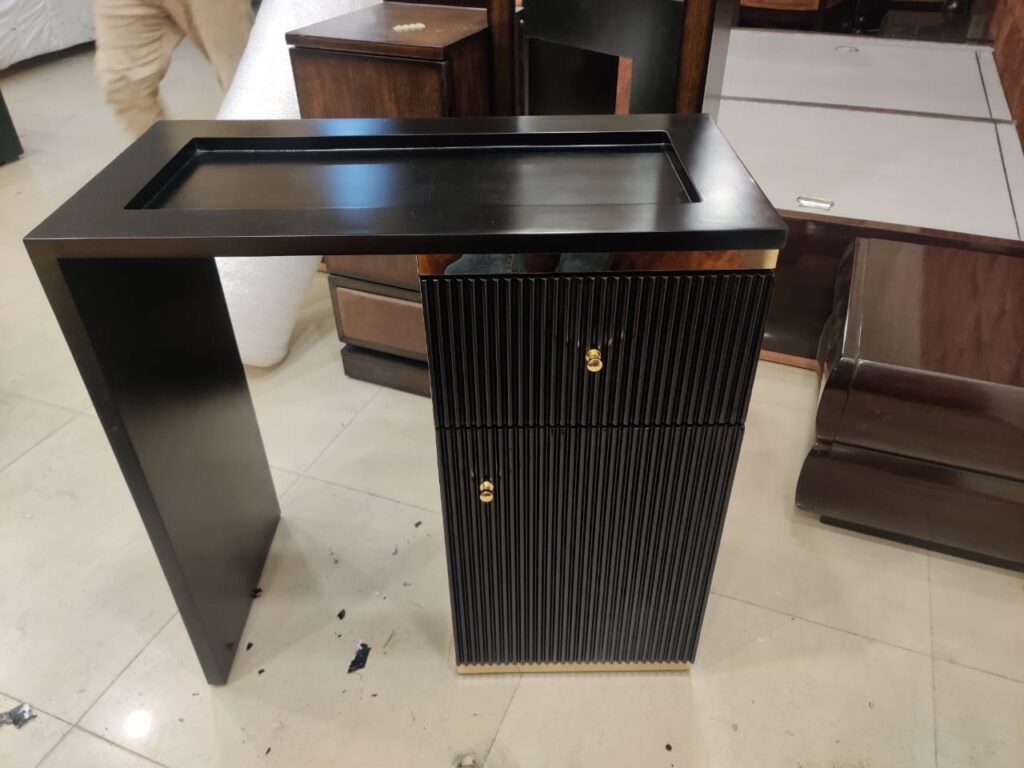A Complete Guide to Home Interior Design
Your home is a reflection of your individuality and sense of style. The arrangement of your living area has an impact on your general happiness, productivity, and well-being. Creating an aesthetically pleasing and functional space that fits your needs and lifestyle is the goal of home interior design. It goes beyond appearances. We’ll cover a wide range of home interior design topics in this thorough book to give you inspiration, direction, and knowledge to help you turn your house into a stylish and comfortable retreat..
Acknowledging Your Style
Determining your personal style is the first step in home interior design. Which style—bohemian flair, classic elegance, or minimalism—draws you in? Knowing your preferences will help you make more cohesive and aesthetically pleasing design decisions. Examine various home interior design philosophies, peruse periodicals, and assemble a mood board to identify the components that speak to you.


Creating an Effective Layout
Home interior design combines practicality and aesthetics in equal measure.Consider the flow of each room and your usage of it. Arrange furniture to improve comfort and accessibility. Within open-concept spaces, create distinct zones and ensure that each area serves its intended purpose. Keep an eye on traffic patterns and make sure there is enough room to maneuver.
Selecting Color Schemes
Color selection has a big impact on the ambiance of a space. Warm tones like reds and yellows can produce a lovely atmosphere, while cool hues like blues and greens promote calm. Neutral colors like white and gray are good choices for backgrounds for a range of design elements. Experiment with different color combinations and consider the impact of natural light on your chosen palette.


Choosing The Furniture and Décor
The foundation of your home interior design is made up of furniture and decor. Invest in well-made items that complement your style and provide both comfort and utility. To give your area depth and intrigue, mix and match materials, textures, and patterns. Remember how important lighting is. Well-placed lamps and fixtures may draw attention to important areas and improve the atmosphere.
Incorporating Personal Touches
Bring your unique style into your house with a few customized touches. Showcase sentimental pieces of art, family portraits, or mementos from your trips. For a distinctive touch to your home interior design, think about commissioning pieces from nearby craftsmen or doing DIY projects. These unique additions not only improve the ambiance of your house but also reveal something about you.


Maximizing Storage Solutions
A well-designed interior requires a clutter-free environment. Invest in imaginative storage solutions to keep your space tidy and visually appealing. There are various ways to maximize storage without sacrificing style, such as multifunctional furniture and built-in cupboards. Decluttering on a regular basis is also necessary to keep your living area serene.
Considering Sustainable Home Interior Design
Adoption of sustainable design principles by homeowners is a result of growing environmental consciousness. Use ecologically friendly materials, energy-efficient equipment, and indoor plants to improve the quality of the air indoors. Sustainable design not only benefits the environment but also improves the health and thoughtfulness of a home interior design.

FAQs
- Interior design is the art and science of enhancing a space’s interior to create a more aesthetically pleasing and useful environment. It’s essential for homes because it may significantly affect contentment, output, and overall health, making a property feel comfortable and distinctive.
- Finding your home design aesthetic requires trying out several styles, considering your preferences, and creating mood boards. Your own design personality can be discovered by observing the hues, patterns, and subjects that appeal to you. Next, focus on your preferences bit by bit.
- Space planning, color schemes, furniture choices, lighting, and accessories are important components. A well-designed room that is both aesthetically pleasing and practical is ensured by striking a balance between these factors.
- Use light colors, make the most of natural light, select furniture that is smaller in scale, and add mirrors to give the impression that a tiny area is larger than it actually is. A feeling of space is also enhanced by decluttering and clever storage options.
- Productivity is one of the interior design trends for 2024 that is certain to endure. The home office is here to stay and is quickly becoming a basic and important fixture in households. People are investing in ergonomic furniture, soundproofing, and chic design to make their workstations more exciting and useful now that remote work is here to stay.
- Think about the functions of each area and the events that occur there. Make use of accent, task, and ambient lighting in conjunction. While recessed lighting provides broad illumination, pendant lights, chandeliers, and table lamps can add character.

Conclusion:
In conclusion, home interior design is a form of art that combines functionality and individual expression. The furniture, color choices, and spatial arrangement all work together harmoniously to create a comfortable living area. Harmony of lighting, unique touches, and sustainability create a refuge that delights the senses and the spirit. It’s an exhilarating self-discovery adventure that turns a house into a one-of-a-kind residence and a venue for extraordinary occasions. Whether you go with a conventional or modern style, let your house express who you are and bring you joy.
Designed by: Digital Universe Network




